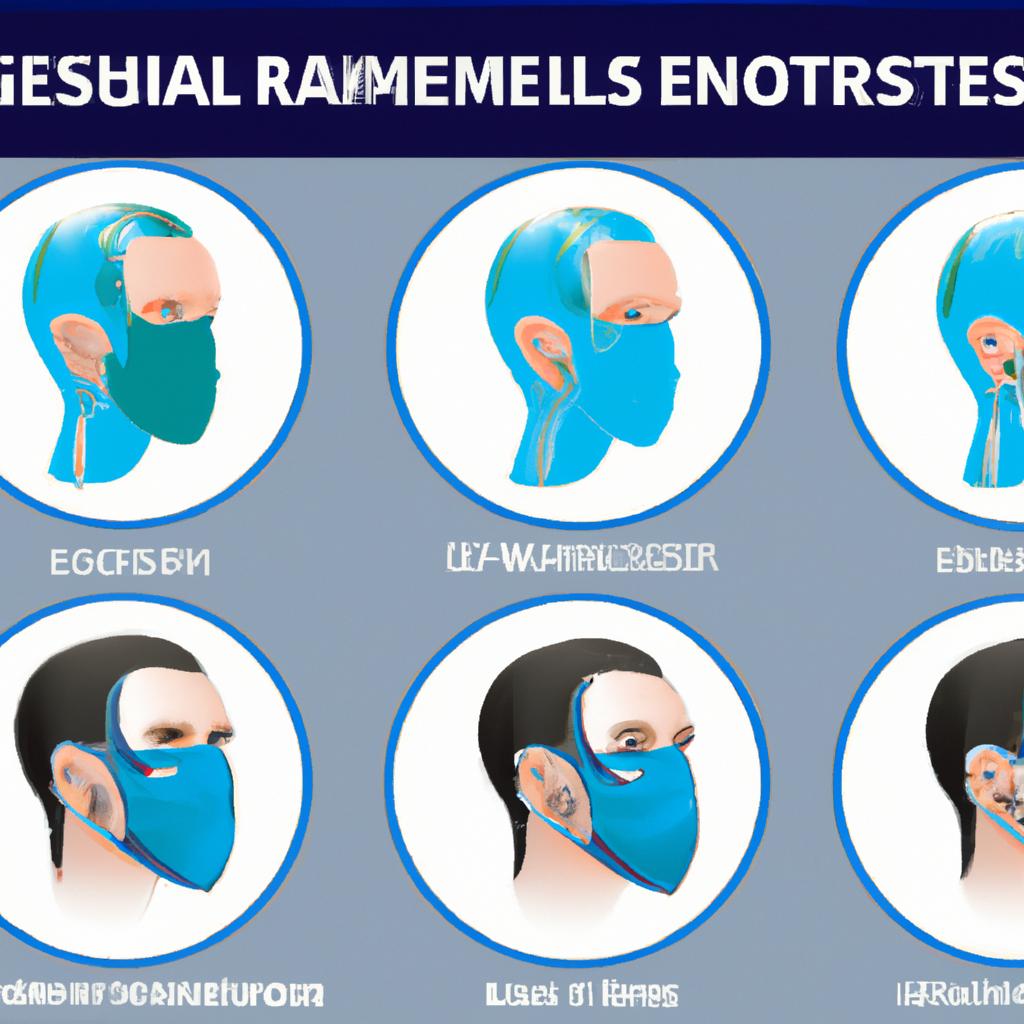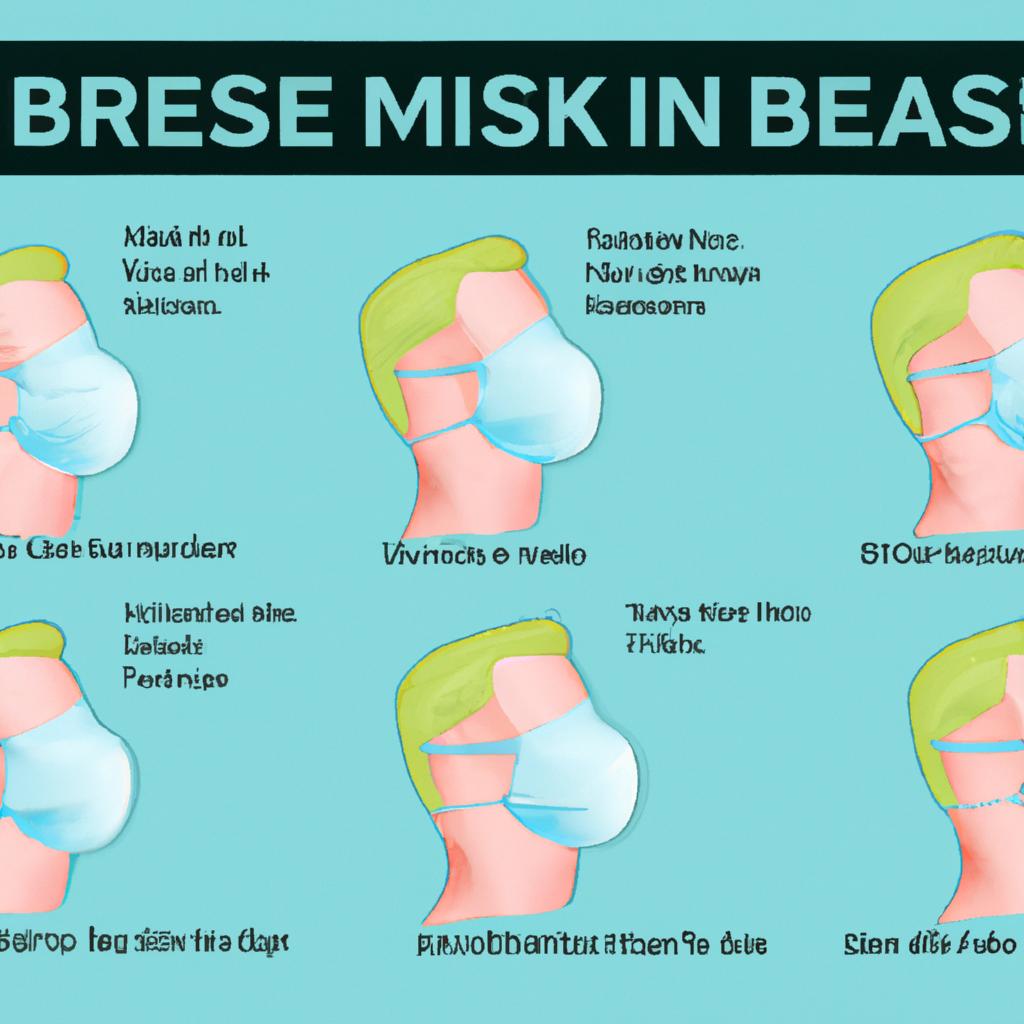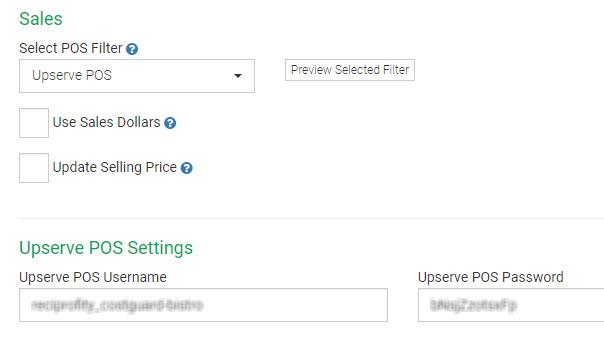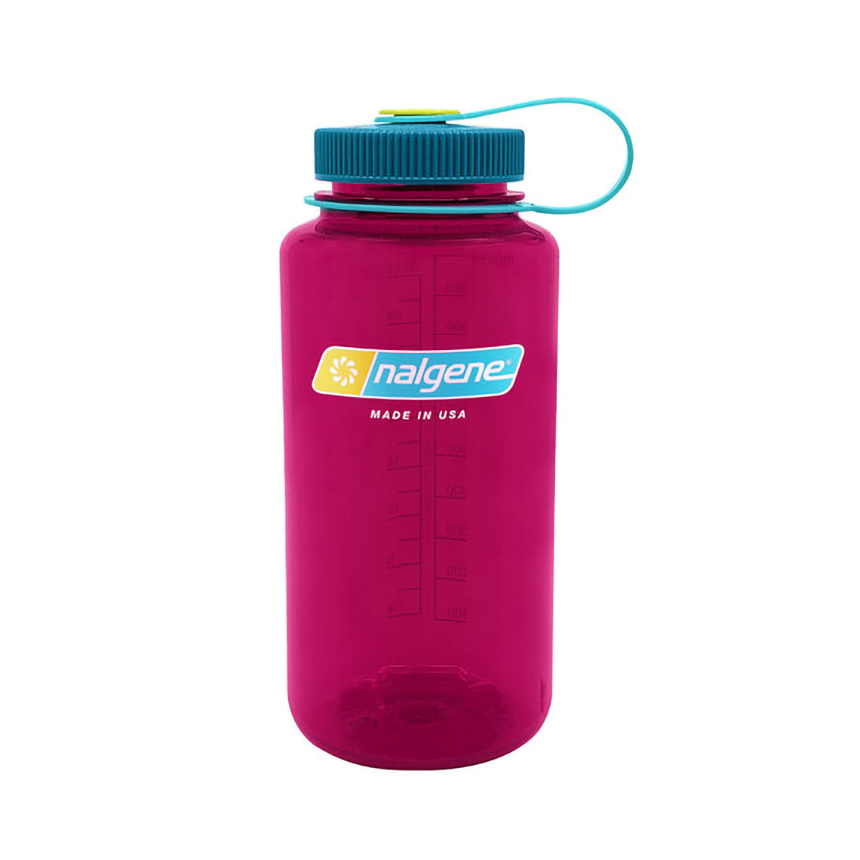As the world scrambles to adapt to the ever-evolving landscape shaped by the COVID-19 pandemic, one thing remains clear: our health and safety must take precedence, even as we seek the invigorating rush of a good run. For those who lace up their sneakers and hit the pavement or trail, the question of how to balance a rigorous workout with the necessary precautions is paramount. Masks have become a symbol of resilience, and understanding how to wear them effectively while maintaining an active lifestyle is crucial. In this guide, we will explore the importance of wearing masks during physical activity, offer practical tips for safe running, and delve into the science behind mask usage, empowering you to stay fit without compromising your well-being. Whether you’re a seasoned marathoner or a casual jogger, this article will help you navigate the nuances of running safely in our current reality.
Essential Mask Types for Safe Running and Their Impact on Performance
Choosing the right mask for running not only enhances safety but also influences your overall performance. It’s essential to consider various types of masks, each designed with specific features that cater to athletes’ needs:
- Reusable Cloth Masks: Made from breathable fabrics, these masks are often lightweight and washable, providing comfort during longer runs.
- Compressible Sports Masks: Designed to fit snugly without impeding airflow, these masks often feature moisture-wicking materials, which is vital for maintaining comfort while sweating.
- Medical-Grade Masks: Typically used in health care settings, these masks provide excellent filtration but may feel restrictive; they are best for minimal aerobic activity.
- N95 or KN95 Masks: Offering the highest level of protection, these masks are ideal for crowded situations but can be challenging to wear during high-intensity runs due to breathing resistance.
Comparing these options can help runners decide based on their running conditions and intensity:
| Mask Type | Breathability | Filtration Level | Ideal Use |
|---|---|---|---|
| Reusable Cloth Masks | High | Moderate | Casual runs |
| Compressible Sports Masks | Very High | Moderate | Long runs |
| Medical-Grade Masks | Low | High | Walking or minimal activity |
| N95 or KN95 Masks | Low | Very High | Crowded environments |
Ultimately, prioritizing both safety and performance will enable you to enjoy running while contributing to the health of the community around you.

Guidelines for Mask Use: Ensuring Breathability and Comfort While Staying Safe
When it comes to wearing masks during your runs, comfort and breathability are key to optimizing your experience without sacrificing safety. Consider the following tips to enhance your running routine:
- Material Matters: Choose masks made from breathable fabrics like cotton or specialized moisture-wicking materials that promote airflow.
- Fit is Crucial: Opt for masks that fit snugly but comfortably around your face, ensuring they stay in place while allowing enough room to breathe.
- Adjustable Features: Masks with adjustable ear straps or ties offer a customizable fit that can enhance comfort during prolonged wear.
- Layer Wisely: If you prefer additional protection, consider using a mask with built-in filters, but ensure it still allows for adequate airflow during physical activity.
- Practice Makes Perfect: Before hitting the trails, practice running in your mask at lower intensities to get accustomed to how it feels.
For a clearer perspective on the types of masks suitable for running, the table below outlines the pros and cons of various options:
| Mask Type | Pros | Cons |
|---|---|---|
| Cotton | Breathable, soft on the skin | May not have filters |
| Moisture-Wicking | Handles sweat well, lightweight | Can be more expensive |
| Sport-Specific Masks | Designed for activity, enhanced airflow | Limited styles available |
The Conclusion
As we lace up our running shoes and step out into the fresh air, it’s essential to remember that safety should always take precedence. Wearing a mask while running might feel like an extra layer to your workout, but it’s a vital step toward protecting yourself and those around you during these unprecedented times. By being mindful of your surroundings and respecting local guidelines, you not only safeguard your health but also foster a sense of community resilience. Whether you’re hitting the pavement alone or joining a group, remember that each mindful stride you take contributes to a healthier tomorrow. So, embrace the challenge, adapt your routine, and continue to enjoy the freedom that running brings—mask on and spirit up. Together, we can keep the miles rolling safely. Happy running!









Leave a Reply